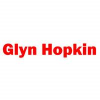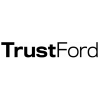Best cheap to run cars 2022
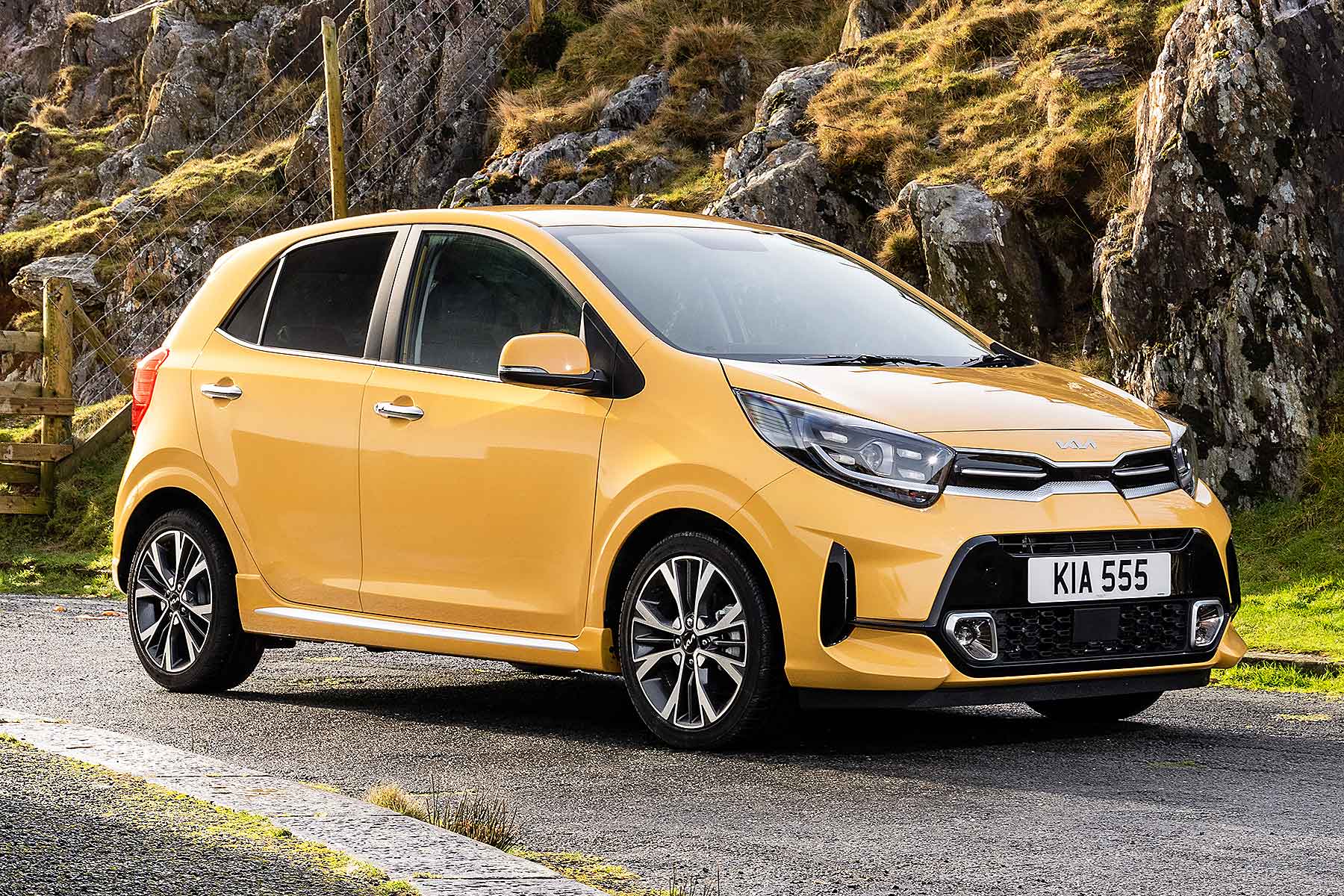
Running a car can be expensive. Depreciation means that a car is likely to be losing value even when not being used, although you can lessen the impact of this by buying an older car.
Other costs include car insurance, fuel, repairs and maintenance, tyres and Vehicle Excise Duty (VED), all of which are part-and-parcel of owning and running a vehicle.
It won’t have escaped your notice that everything appears to be going up in price. Rising energy bills and higher grocery prices are putting a strain on household budgets, so you might be considering a car that’s cheap to run.
Here, we’ve selected 10 cars that are cheap to buy and inexpensive to run. We’ve taken into account the purchase cost, insurance group and official fuel economy, so you can be sure that these cars won’t break the bank. There’s something for everyone here, from a humble city car to a spacious MPV.
Find a cheap car for sale.
.JPG)
Kia Picanto
The Kia Picanto is backed by a seven-year warranty, so you won’t have to worry about forking out for expensive parts and maintenance. It’s also cheap to insure, with the 1.0-litre Picanto in ‘2’ trim slotting into the lowest insurance group rating. The ‘2’ comes with a long list of equipment, including air-con, 14-inch alloy wheels, front and rear electric windows and audio controls on the steering wheel. Thanks to a forward collision avoidance system, it’s actually cheaper to insure than the entry-level Picanto 1. The 1.0-litre petrol engine should deliver an official 58.9mpg on a combined cycle.
.jpg)
Volkswagen Up
The Volkswagen Up is one of the best city cars you can buy. Available with three or five doors, the Up is surprisingly spacious on the inside and remarkably good at dealing with long journeys. The standard Up costs around £13,500, but even the most lavish R-Line comes in at around £15,000. You can expect to see up to 55.4mpg from the 1.0-litre petrol engine, but the really good news is that the entry-level Up has a group 2 insurance rating, so it should be cheap to cover. With the exception of the Up GTI hot hatch and electric e-Up, all other versions slot into group 3.
.jpg)
SEAT Ibiza
Saving money has never looked so good. The SEAT Ibiza shares a platform and engines with the Volkswagen Polo, but subjectively it looks a little sharper than its German sibling. It’s also great to drive and cheaper to buy than the Polo. All versions should be cheap to run, but you’ll save the most money by opting for the entry-level SE trim with the non-turbocharged 1.0-litre petrol engine. Fuel economy of 53.6mpg and insurance group 3 are the highlights. That said, the 1.0-litre TSI is capable of achieving 53.7mpg and requires less work than the non-turbo engine.
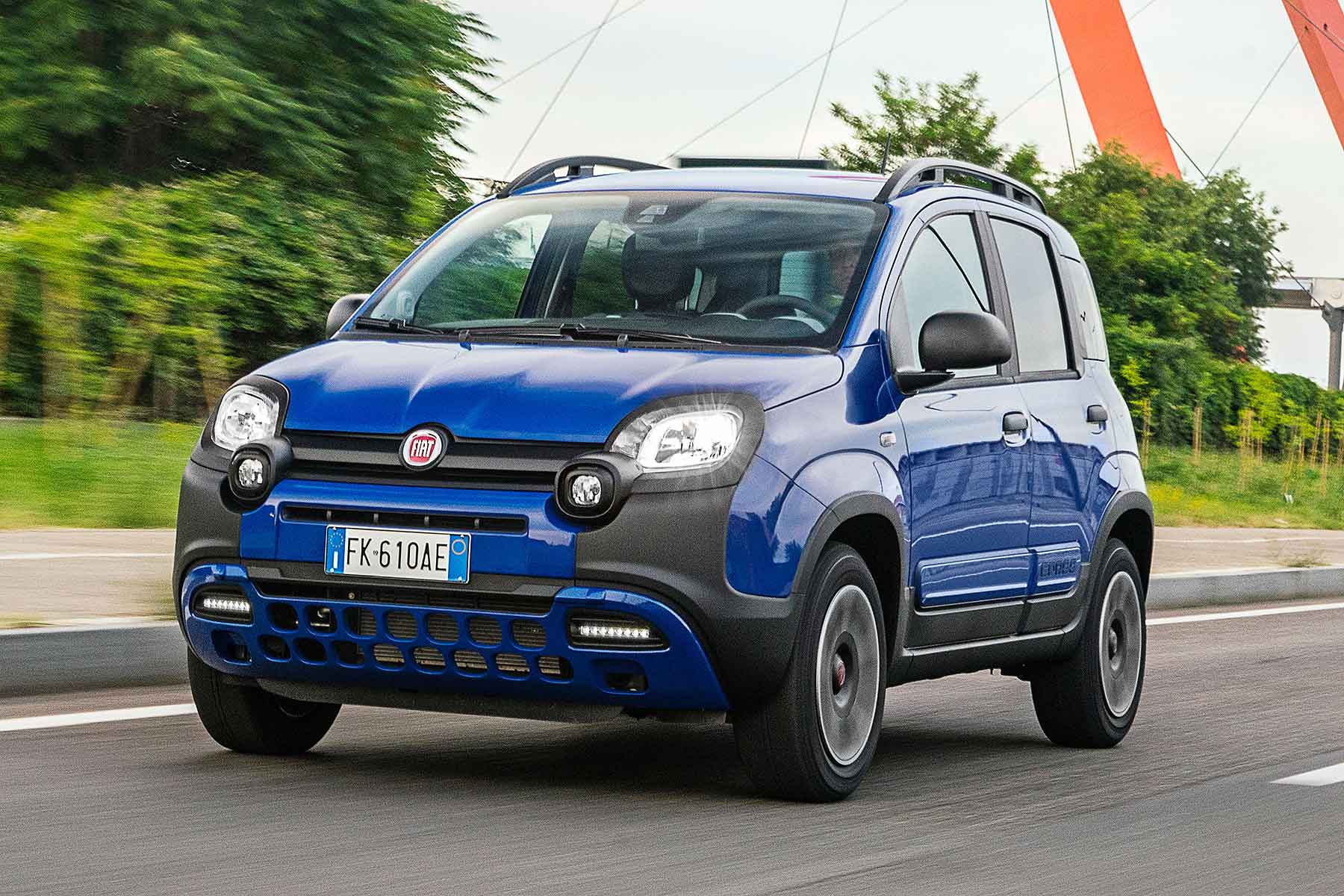
Fiat Panda City Cross
The Fiat Panda City Cross is a city car built for the urban jungle. Body-coloured skid plates and black side mouldings are designed to deal with car park dings and close encounters with the odd speed bump, while 15-inch alloy wheels and LED daytime running lights add a touch of style. Inside, you get automatic climate control and plenty of space for the family, while the autonomous emergency braking system helps to lower the insurance group rating. Excellent fuel economy comes courtesy of a 70hp 1.0-litre mild hybrid petrol engine, although a 0-62mph time of 14.7 seconds suggests that progress will be far from rapid.

Ford Tourneo Connect
The outgoing Ford Tourneo Connect impressed us with its blend of space, practicality and low running costs. Insurance group ratings of 8 to 13 meant it was an inexpensive car to run, while the 1.5-litre EcoBlue diesel engine delivered excellent fuel economy. We’re expecting more of the same from the new Tourneo Connect, which was developed in partnership with Volkswagen. Ford says the 2.0-litre diesel engines will return up to 58.8mpg when paired with a six-speed manual gearbox, and while the insurance group ratings haven’t yet been announced, we’d expect the new car to carry on where the old one left off.
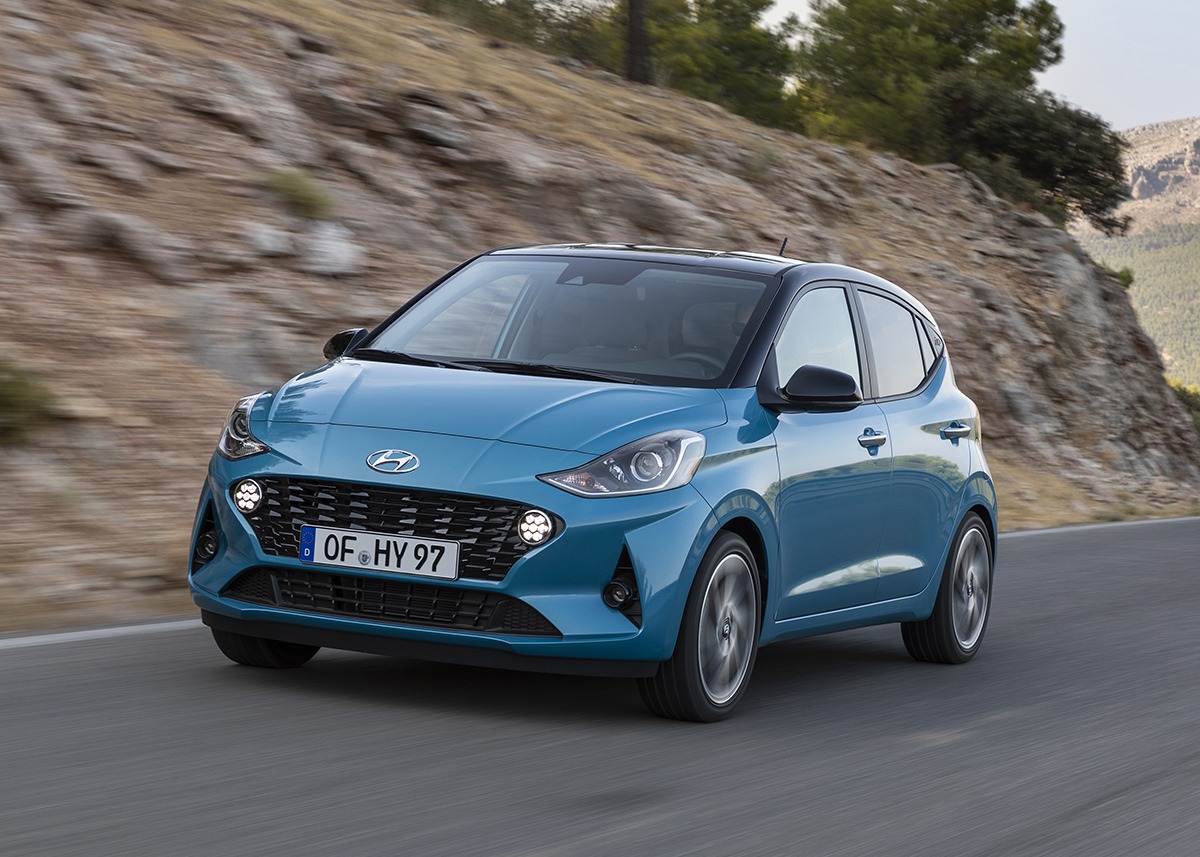
Hyundai i10
The Hyundai i10 is backed by a five-year unlimited mileage warranty, but there are many other good reasons to put it on your shortlist of city cars. Prices start from around £13,500 for the SE trim, but the cost of insurance varies depending on the model. A combination of SE Connect trim, the 1.0-litre petrol engine and an automatic gearbox delivers the lowest cost of insurance, slotting into group 3. Most other versions fall into groups 4 and 5, but you’ll pay more to cover the N Line edition. Most i10s should return around 55mpg.
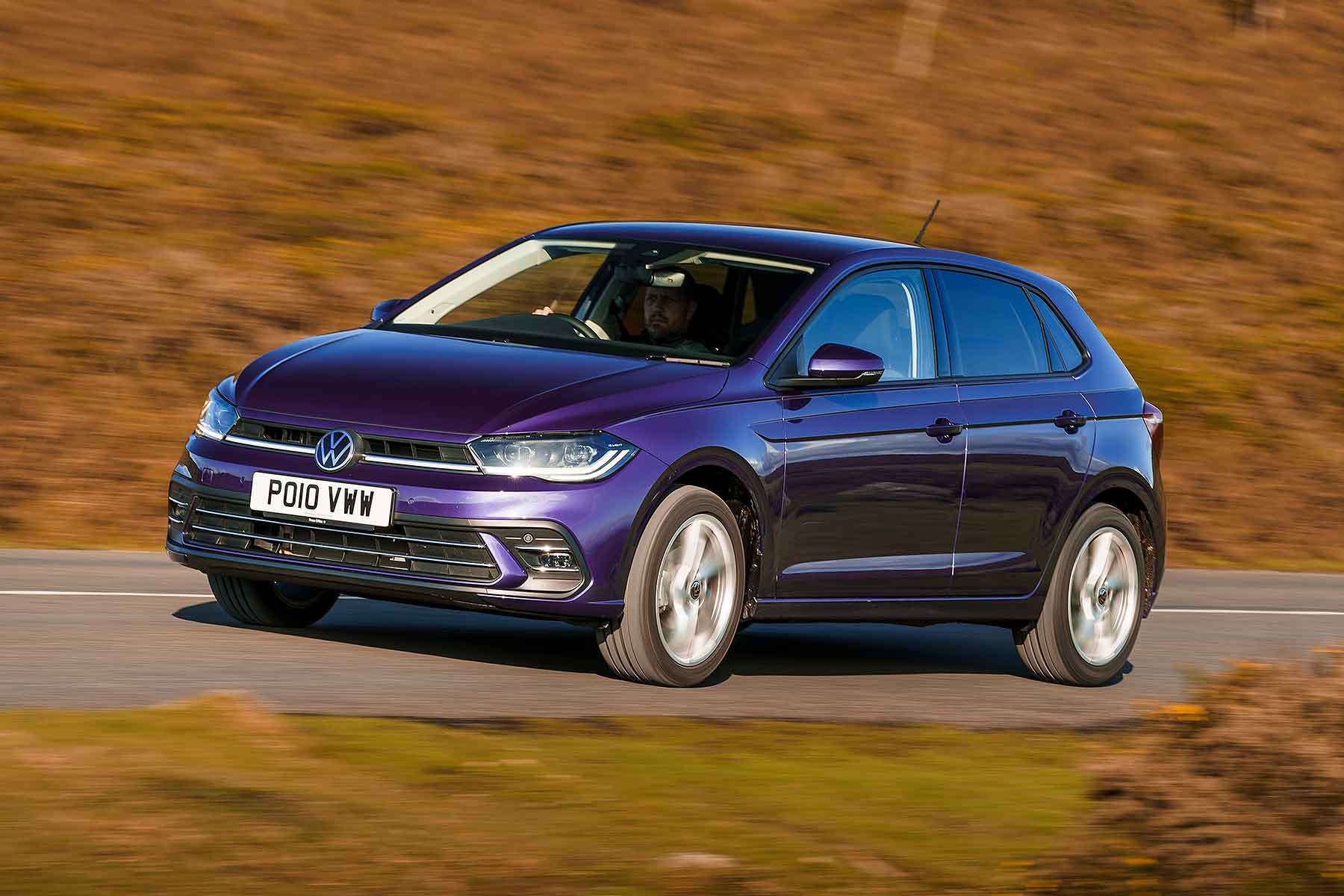
Volkswagen Polo
Buying a Volkswagen Polo feels like having your cake and eating it. The car looks and feels like a smaller Golf, with a quality feel throughout and the kudos of having the ‘right’ badge. It also depreciates slower than most rival superminis, which is an often-overlooked part of buying a car that’s cheap to run. Here’s the really good news: versions powered by the 80hp 1.0-litre Evo engine fall into the lowest insurance group, so they’re ideal for new and young drivers. There is one drawback: the Evo unit is less fuel-efficient than the 1.0 TSI, so you’ll lose around 2mpg in daily use.
- Read our full Volkswagen Polo review
.jpg)
SEAT Arona
The problem with recommending several city cars and superminis is it ignores the fact that compact crossovers are some of the most popular cars in Britain. Buyers love the high-up driving position, low running costs and excellent practicality. The SEAT Arona offers excellent value for money, especially if you opt for the entry-level SE trim with the 95hp 1.0-litre petrol engine. It’s the cheapest Arona to insure, while fuel economy of 51.9mpg should make it cheap to run. The SE trim features 17-inch alloy wheels, LED headlights and air conditioning.
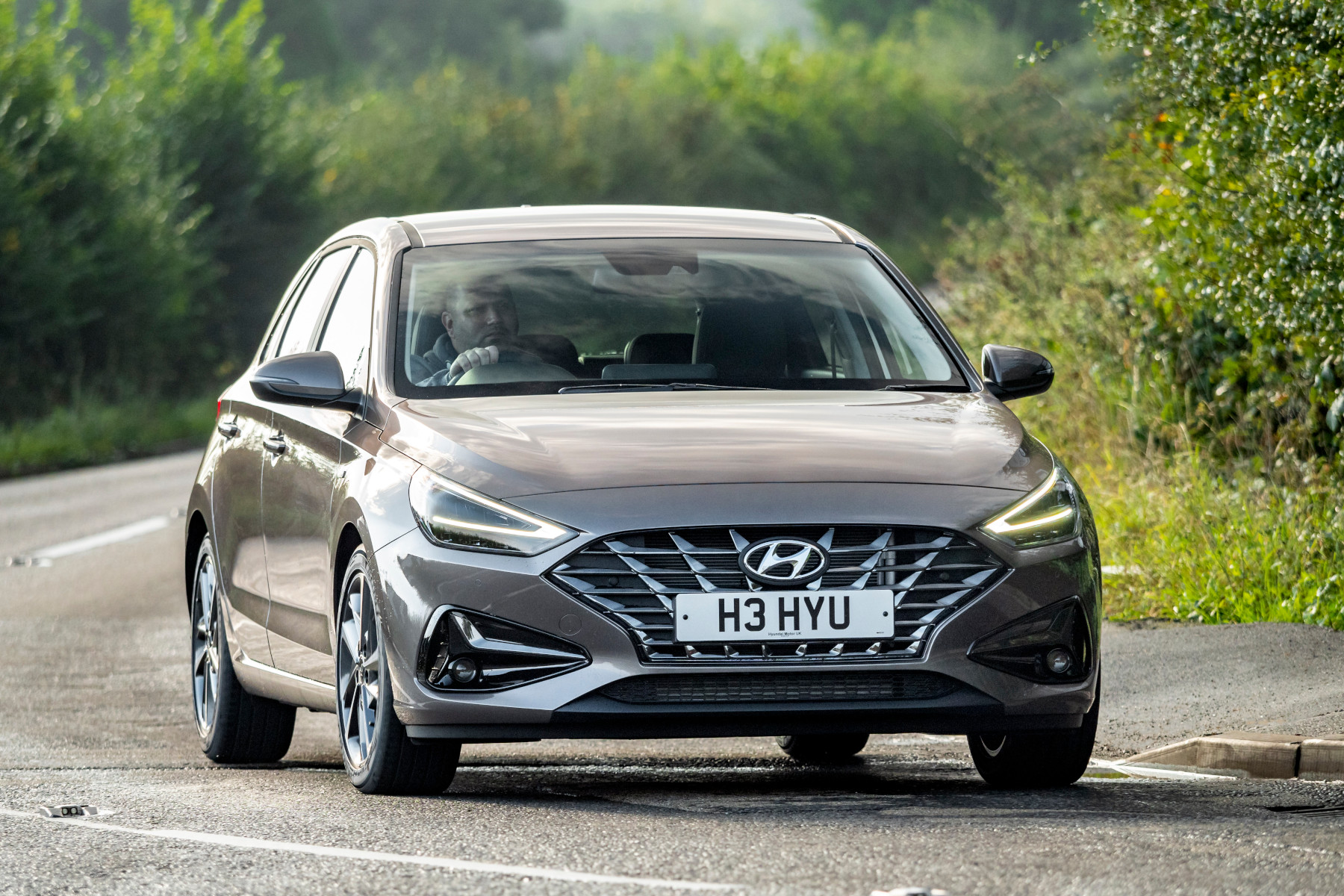
Hyundai i30
The family hatchback market is dominated by the Volkswagen Golf, Ford Focus and Vauxhall Astra, but there are plenty of good cars beyond the ‘big three’. Take the Hyundai i30, which is backed by a five-year unlimited mileage warranty and, in SE trim, costs around £21,000. The 1.0-litre turbocharged petrol engine can potentially return up to 54.3mpg, with CO2 emissions as low as 118g/km. It should also be cheap to insure, with the SE Connect slotting into group 10 and the Premium into group 11. The i30’s excellent reliability record should deliver peace of mind.
.jpg)
Kia Rio
The Rio is Kia’s rival to superminis like the Ford Fiesta, Vauxhall Corsa and Volkswagen Polo. With prices starting from £14,000, it undercuts these mainstream competitors, while the seven-year warranty will ensure you’re not forking out for costly repairs. The ‘2’ costs around £2,000 more than the entry-level ‘1’, but having the likes of a reversing camera, lane-follow assist and rear parking sensors should equate to lower insurance. That said, the ‘2’ isn’t available with the 1.0-litre mild hybrid powertrain, which promises up to 54.3mpg. Still, at least the 1.2-litre engine will return a near-enough 53.3mpg.
What is the cheapest new car on sale today?
It’s no longer possible to buy a new car for less than £10,000. Today, the Dacia Sandero is the cheapest new car on sale, with prices starting from just shy of £11,500 for the Essential trim. Stepping up to Comfort trim adds around £1,500 to the price, while prices for the more rugged Sandero Stepway range from £13,000 to £15,000. Sticking with Dacia, at £14,500, the Duster is the cheapest SUV in Britain.
What are the biggest costs of motoring?
Many people buy a car using a personal contract purchase (PCP) deal, which means they pay a small monthly fee after a low deposit. Thanks to an optional ‘balloon’ payment at the end, the cost of the car is essentially reduced. A PCP deal avoids being hit by a hefty depreciation bill, which is one of the hidden costs of running a car. Other costs include fuel, insurance, VED (road tax) and maintenance. Everything can be minimised by buying a car that’s cheap to run.
What is more important, the cost of car insurance or fuel economy?
This is a difficult question to answer. If you’re a new or young driver, it pays to buy a car with a low insurance group rating, as getting covered could be prohibitively expensive. With a year or two of clean driving to your name, the cost of insurance will start to come down. If you intend to drive 10,000 miles or more in a year, getting a car with excellent fuel economy is likely to be beneficial.








